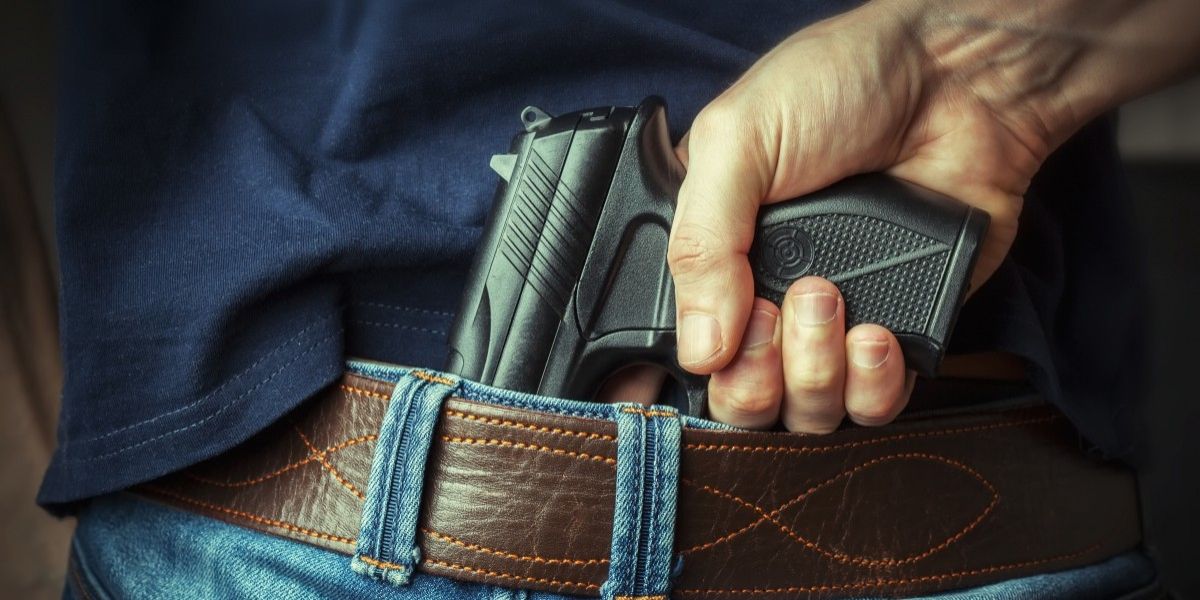“Stand Your Ground” laws, which permit the use of lethal force in self-defense without the need to flee, have been enacted by numerous states. Minnesota isn’t one of them, though.
The “duty to retreat” and the “Castle Doctrine,” two key ideas in Minnesota’s self-defense legislation, are examined in detail in this article.
We’ll go over the definitions of these phrases, their contexts, and how they affect your Minnesota right to self-defense. Anyone who want to be ready to defend themselves and their loved ones in a perilous scenario must be aware of these laws.
An explanation of the duty to retreat
The “duty to retreat” idea is adhered to in Minnesota. This implies that you usually have a legal duty to try to flee or avoid the situation before using force if you are threatened.
According to the law, de-escalation should be tried whenever feasible and the use of force should only be used as a last resort.
The obligation to retreat isn’t absolute, though. There are some circumstances in which retreating is not necessary:
- The Castle Doctrine applies to your home or place of employment. In the event of an illegal incursion or threat, you are under no obligation to leave your home or place of business. You can defend yourself and other people in your home or place of employment by using lethal force if necessary.
- No Safe Retreat: The obligation to retreat does not apply if there is no safe way out. Picture yourself with your back to a wall or a corner in an alley. You could defend yourself with force in these situations and wouldn’t be expected to flee.
- Initial Aggressor: You are not required to back down if you are not the first person to attack in a situation. For example, you can defend yourself without attempting to flee if someone strikes you in the street.
Minnesota’s Castle Doctrine
The Castle Doctrine is an exemption to the responsibility to retreat, as was previously stated.
It particularly pertains to your house or place of employment. This theory recognizes that your house is your haven and that you shouldn’t have to leave it while you’re in danger.
The Castle Doctrine in Minnesota is broken down as follows:
- Relates to residences and cars that are occupied: According to the Castle Doctrine, a habitation can be any place you lawfully call home, including your apartment, dorm room, or other residence. For the purposes of self-defense, your inhabited vehicle may also be regarded as a residence.
- Unlawful Entry: For the Castle Doctrine to be applicable, the invader must be entering your home illegally. This implies that shattering a window, forcing access, or entering without authorization are all acceptable. However, someone who inadvertently enters your house could not be regarded as an illegal invasion.
- Reasonable Force: You must respond to the threat with force that is appropriate. When someone poses a small threat, you cannot use lethal force against them.
Can You Legally Defend Yourself in South Carolina: Here’s What the Stand Your Ground Law Says
Crucial Points to Remember
Although the Castle Doctrine and the obligation to retreat offer a framework for self-defense in Minnesota, there are important things to take into account:
- The Burden of Proof: It is your responsibility to prove that your use of force was appropriate in self-defense. This implies that you will have to provide proof that you were in immediate danger and that you had to defend yourself by using force.
- The courts will assess your behavior according to the “Reasonable Person” Standard, which asks what a reasonable person in your circumstances would have done. This implies that elements like the threat’s seriousness, your familiarity with self-defense, and the escape routes will all be taken into account.
- Duty to Report: You are required by law to notify the police of any incidents in which you use force in self-defense as soon as possible.
When to Get Legal Counsel - Navigating self-defense regulations after a serious occurrence can be stressful due to their complexity. In the following circumstances, it is essential to seek legal assistance from a skilled criminal defense lawyer:
- You’ve been arrested: Having legal representation can safeguard your rights and guarantee a fair trial if you were arrested for using force in self-defense.
- It’s unclear: Legal advice is crucial if the incident’s specifics are unclear or if there’s a possibility that you were the one who started the altercation.
- Serious injury or death: It is strongly advised that you seek legal advice if your use of force, even in self-defense, caused serious injury or death. In certain situations, the legal difficulties rise dramatically.
Self-defense and firearms
Although the broad concepts of self-defense are the main topic of this essay, it’s crucial to take into account the particular factors when employing guns.
Carrying a concealed weapon in Minnesota requires a permit. Using a firearm for self-defense bears extra legal weight even if you have a permit.
Can You Legally Defend Yourself in Alabama: Here’s What the Stand Your Ground Law Says
Here are some important things to keep in mind:
- Firearm Safety: When handling a firearm, safety should always come first. Make sure you understand your firearm and have received the appropriate training.
- Proportionality of Force: A firearm should only be used in proportion to the danger. Only when your life or the life of another person is in immediate danger can using a firearm to use deadly force be justifiable.
- Legal Repercussions: Improper use of a handgun in self-defense can have serious legal ramifications. It is advised to speak with a lawyer who specializes in firearm laws.
In conclusion
Knowing Minnesota’s self-defense laws, especially the Castle Doctrine and the obligation to retreat, gives you the ability to make wise choices in risky circumstances. Keep in mind that self-defense is a defense, not a right.
You must prove that your use of force was appropriate and required in the given situation.




Leave a Comment